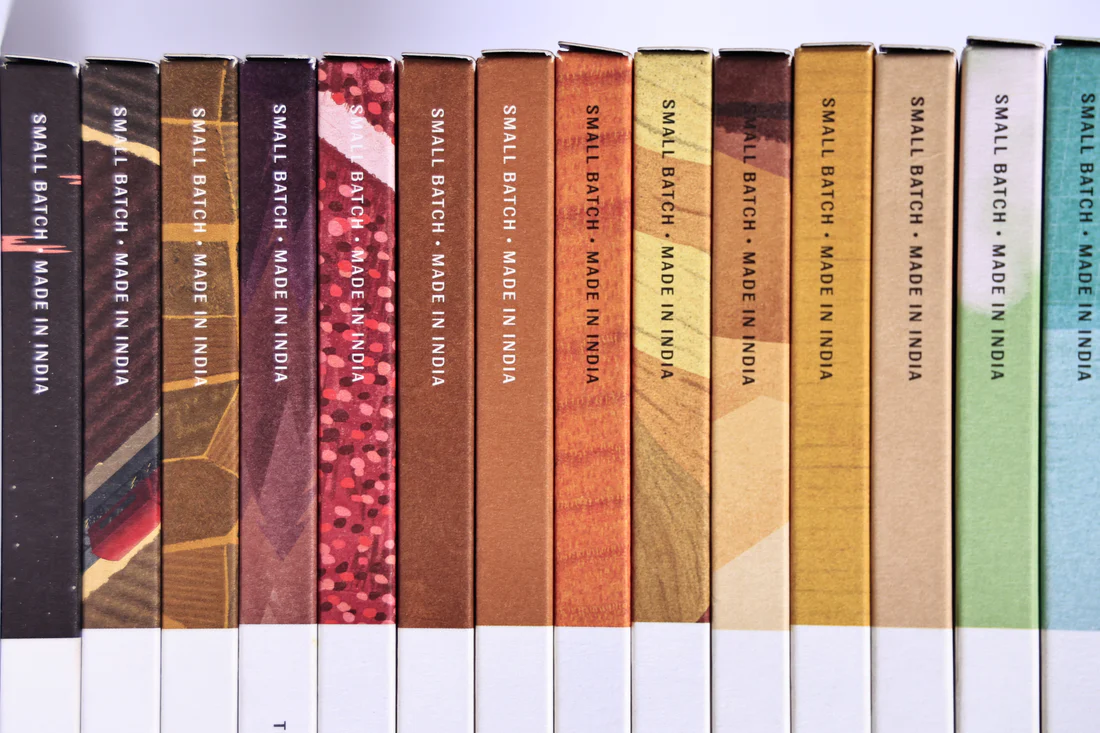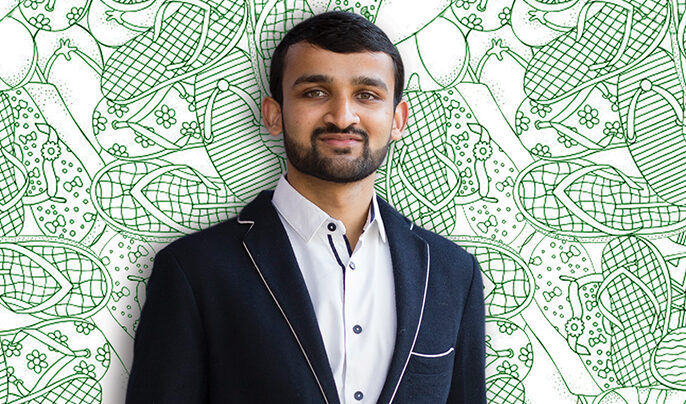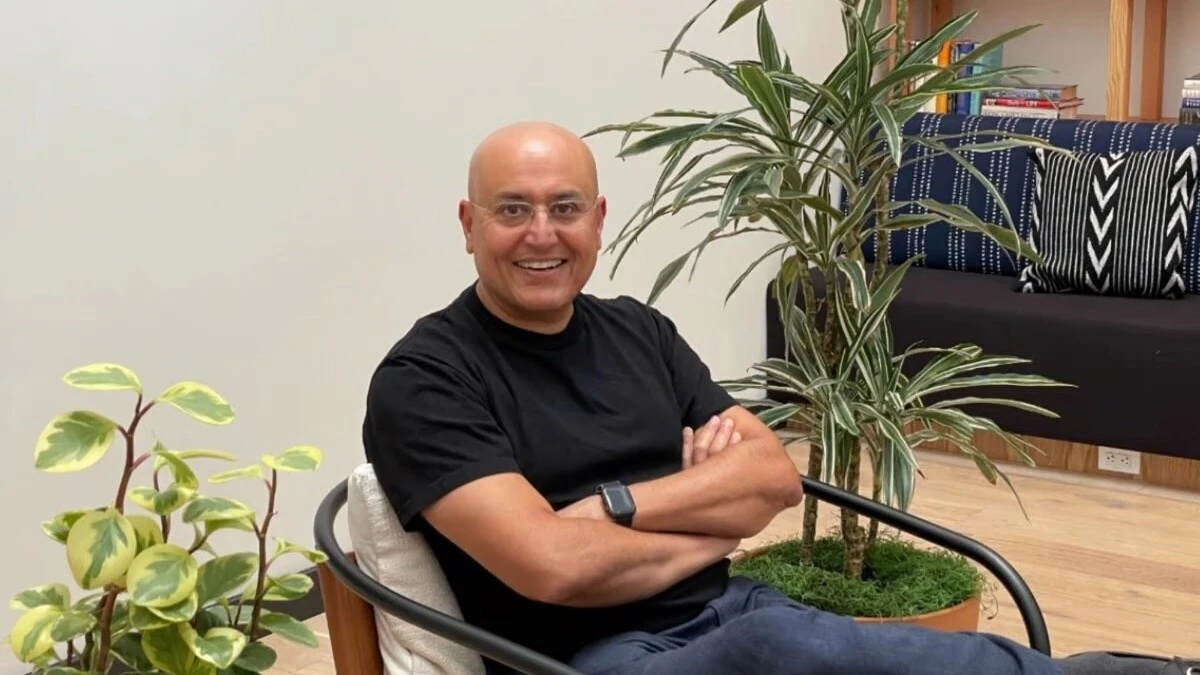A silent shift is underway in a nation where chai breaks are sacred and prime-time TV once ruled evenings. India’s digital consumers are now setting the tempo, demanding speed, personalisation, and entertainment. Two disruptive trends are leading the charge: quick commerce (QC) and short drama apps.
From 10-minute deliveries to 3-minute thrillers, these new habits redraw the blueprint of urban living and digital consumption across India.
Quick Commerce: India’s Race Against Time
Call it a grocery revolution or a time hack for the urban rush, quick commerce in India has become a part of daily life. Platforms like Zepto, Blinkit, and Swiggy Instamart are clocking deliveries faster than a boiling cup of tea. The sector surged past ₹7,500 crore in FY24, and analysts forecast it could double by 2026.
What’s behind the boom? “Urban Indians value speed, predictability, and convenience,” notes a RedSeer analyst. In metros, 68% of consumers use QC apps at least twice weekly, opting for speed over traditional shops.
But innovation goes beyond timing. Zepto Cafe now delivers coffee and croissants, while Blinkit partners with local brands for artisanal breads. The next wave? Hyperlocal micro-fulfillment centers, eco-friendly delivery, and niche services like Meatigo’s 12-minute premium meat delivery.
Short Drama Apps: The Netflix for the New Age
If QC feeds the kitchen, short drama apps feed India’s craving for quick stories. Platforms like Reelies, Pocket Novel, and Moj Shorts are riding the mobile content wave. With 5G rollout and data prices among the world’s lowest, users are hooked.
These aren’t TikTok knockoffs. Think 90-second thrillers, 2-minute romance arcs, and regional mini-soaps. “We saw 25% more engagement when viewers could vote on the storyline,” says the founder of Reelies. Meanwhile, Pocket Novel’s Tamil and Bengali mini-dramas are gaining ground in Tier-2 towns.
FICCI-EY reports over 300 million users for short-form content apps in 2025—a 40% rise from 2023. Clearly, snackable content is serious business.
Startups Tread a Fine Line
Both trends have sharp edges. QC’s biggest hurdles are high delivery costs, tight margins, and rising gig worker regulations. According to Bain & Company, delivery expenses swallow nearly 20% of revenue. Startups like Swiggy Instamart are experimenting with AI-driven logistics, but smaller players face tough trade-offs.
Short drama apps, on the other hand, fight content overload and fickle audiences. While ad revenue from these platforms touched ₹2,000 crore in 2024, keeping viewers loyal remains a creative challenge.
Some apps now use AI to predict viewer preferences. Moj Shorts plans to integrate voice cloning and AR effects to increase engagement.
What’s Next: From Mass to Micro Markets
The future of both sectors lies in specialisation and sustainability. Quick commerce will explore verticals like vegan snacks, organic skincare, and baby care. Delivery fleets are expected to go electric—Zepto aims to cut carbon emissions by 30% by 2025.
Short drama apps will likely become more interactive, think AR-led performances and blockchain rewards for creators. There’s even talk of collaborations between content apps and delivery startups—imagine receiving themed snacks mid-binge.
The Consumer Writes the Script
Whether groceries arrive at your doorstep in 8 minutes or cliffhangers unfold on your lock screen, one thing is clear: India’s consumers are in control. For startups, the message is loud: listen, adapt, and personalise.
As India sprints towards a $5 trillion economy, the brands that thrive will turn every swipe, tap, and order into an experience worth repeating.






















